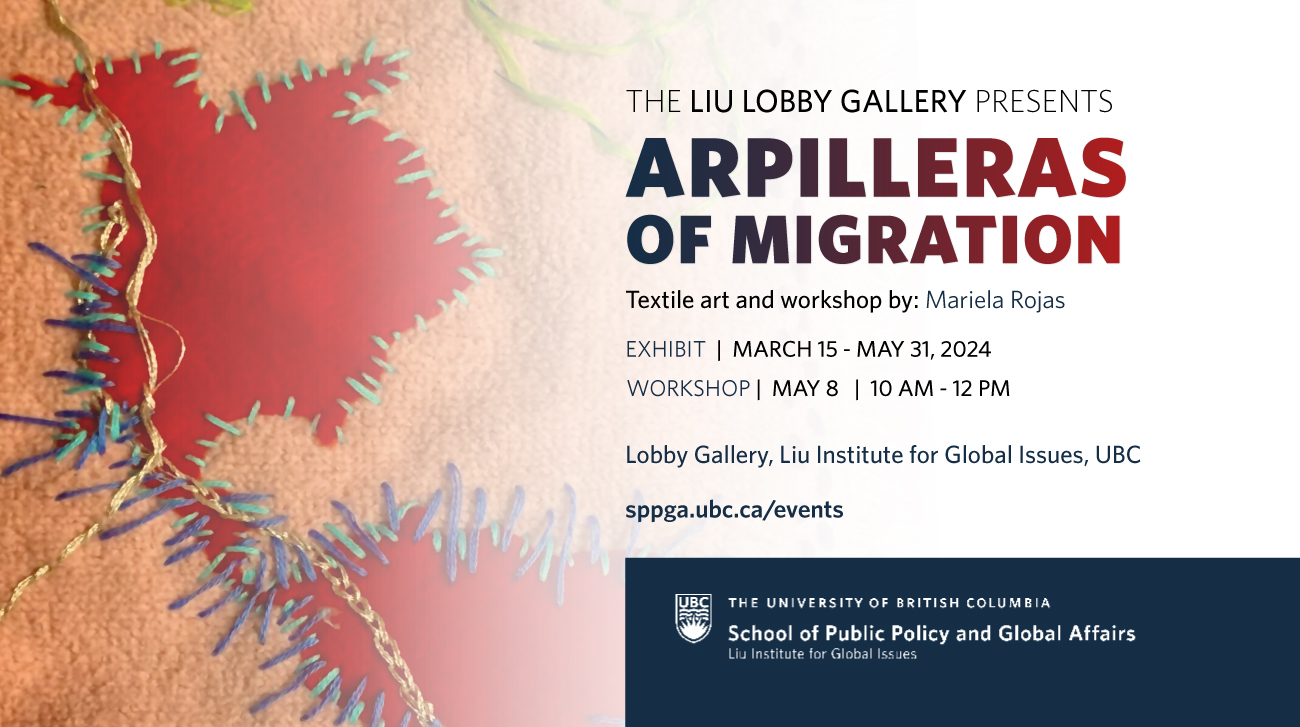Part 1:
Time: March 9 12:00-2:00 @ IAR Room 120:
Lunchtime Workshop (Refreshments will be served):
-Millie Creighton (Anthropology, UBC), “Community Recovery in Tohoku after 3.11”
-Noritsugu Fujimoto (Symbiotic Systems Science, Fukushima University), “3.11 and Manga: The Oishinbo Nosebleed Issue”
-Kiwa Nakano (Business Management, Daito Bunka University), “Recovery from the Disaster in Onagawa, Japan”
Moderated by Dr. Edgington (Geography, UBC)
Part 2:
Time: March 9 4:00-6:00 @ Asian Centre Auditorium
Film Showing : “Nuclear Japan: An Inconvenient Truth in Nuclear Energy Policy and Regulation of Japan” English Subs (Dir. Hiroyuki Kawai, 2015)
4:00 Introduction by Fumi Mano (Fukushima Regional Creation Center), followed by the showing of the Japanese documentary with English sub-titles: “Nuclear Japan: An Inconvenient Truth in Nuclear Energy Policy and Regulation of Japan” (Dir. Hiroyuki Kawai, 2015).
4.50 Q and A Session
5:15 – 6:00 Reception in Asian Centre Foyer
Part 3:
Time 3:00-5:00 Place: TBD
“Pop Culture, History and “Contents Tourism” in Japan”
Prof. Philip Seaton (Hokkaido University)
Abstract:
In recent years, the phenomenon of people travelling to further an interest in works of popular culture has gained much attention from the tourism industry and researchers alike. Lord of the Rings locations in New Zealand, Disneyland theme parks, Star Trek Conventions and the Sherlock Holmes museum in London are some of the many well-known examples. In Japan, the phenomenon gained widespread media attention when many Japanese fans of the Korean drama Winter Sonata visited South Korea in 2004. Since 2005, the Japanese government has actively encouraged local authorities to develop tourism assets relating to works of popular culture as a way of enhancing their local identity and tourism brand.
The term in Japanese used to describe such tourism induced by popular culture is “contents tourism”. The “contents” are the narratives, characters, locations and other creative elements of popular cultural forms such as films, manga, anime and computer games that inspire fans to visit a particular destination. Not only fictional stories but also historical narratives based on real people and events can be considered to be “contents”. Within the context of a broader “history boom” in Japan, the popularity of historical narratives in television dramas, computer games and novels has generated some extraordinary tourism booms.
This lecture presents examples of tourism to heritage sites in Japan that has been inspired by recent works of popular culture. I will present this phenomenon with examples from three periods of Japanese history, the Sengoku Period (c.1467-c.1603), the Bakumatsu/Meiji Period (1853-1912), and the Early Showa Period (1926-1945). In the first section, I discuss travel inspired by the computer game Sengoku Basara and the activities of female history fans (rekijo) who travel to honour their favourite samurai warriors. In the second section, I discuss tourism related to Bakumatsu period visionary Sakamoto Ryoma and the novel/drama Clouds Upon the Hill about the Russo-Japanese War. In the third section, I examine tourism induced by World War II films and the semi-fictionalized biopic of whisky maker Taketsuru Masataka which was the subject of the recent NHK morning drama Massan.
All these examples indicate the power of popular culture, not only to inspire contents tourism, but also to offer reinterpretations of the “historical contents” and thereby generate new perspectives on Japan’s past.
